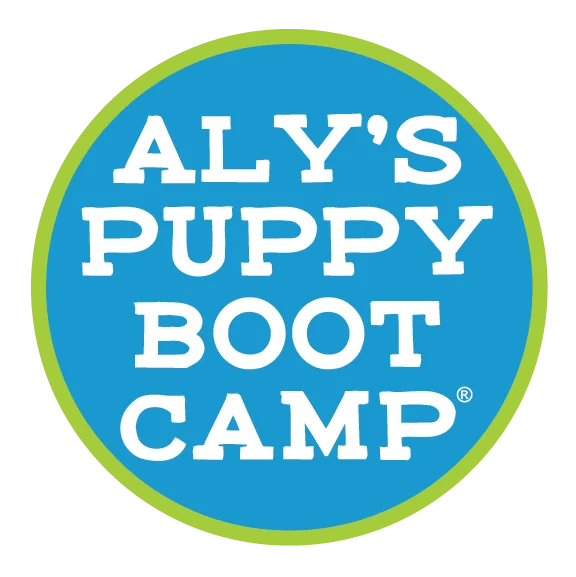How To Crate Train Your Dog in a Few Easy Steps
The decision to crate or not to crate your dog can be a tough one, but it’s important to understand the benefits. Crate training is not only useful for potty training but also for providing your dog with a safe, secure environment where they can rest and relax. At Aly’s Puppy Boot Camp, we understand that every dog is unique and requires a personalized approach to training. Here are some things to consider when crate training your pup:
Crate Training Prep for Humans
- Once your dog is in the crate, leave them be. Don’t check on them or peer at them, as it can disrupt their rest and sleep.
- Dogs will make noises in their crate, which is normal. Do not react to every little noise as it can do more harm than good.
- It’s okay to hear different noises like howling, yapping, crying, whining, and whimpering from your dog in their crate. We recommend to wait until the designated time to let your dog out from their crate.. Make sure to check out our online courses for more details on Puppy/Dog scheduling and training! CLICK HERE
- If your dog is throwing a hissy fit, assess the situation quietly and calmly. Take them out to the designated potty spot immediately and return them to their crate after they finish. Do not acknowledge their state of mind.
Benefits of Crate Training
- Crate time allows your dog to rest, think, and recharge after their lessons and activities.
- Crate training can be used for housebreaking your dog at any age as it teaches them to avoid eliminating in their crate.
- Your dog’s crate can provide them with a safe and familiar place to rest while you’re away, whether you’re traveling, visiting the vet, or going to the groomer.
- Crating your dog when you’re away or unable to supervise them can prevent destructive behavior, nuisance behavior, and potential harm.
Crate Training Do’s
- Ensure that the crate is the right size for your dog. The crate should only be big enough for them to stand up, turn around, and lie down.
- Introduce your dog to the crate by feeding them in it. Gradually move their food bowl deeper into the crate each day.
- Lock your dog out of the crate when it’s not in use. Let them watch you put treats inside the crate to make it more appealing.
- Adjust the location of the crate based on your dog’s preferences.
- Use the crate whenever you’re gone.
- Provide your dog with a chew toy in the crate, like a Kong or Busy Buddy, to relieve stress.
Crate Training Dont’s
- Never use the crate as a form of punishment.
- Do not leave bedding in the crate if your dog is a destructive chewer.
- Avoid leaving your dog in their crate for extended periods beyond what their age supports. Use the general rule of thumb: a dog under a year old should not be in their crate longer than their age in months plus one hour.
In conclusion, crate training is an important strategy for providing your dog with a safe and secure environment where they can rest and relax. It also helps with housebreaking, preventing destructive behavior, and providing a familiar place for your dog to rest when you’re away.
If you still need some more hands-on help with crate training or other aspects of puppy/dog training, consider joining our Private Facebook group called Aly’s Insider Club. You’ll have access to expert advice, training tips, and support from a community of like-minded dog owners. We also go LIVE weekly to answer any questions/concerns you may have along the way!
